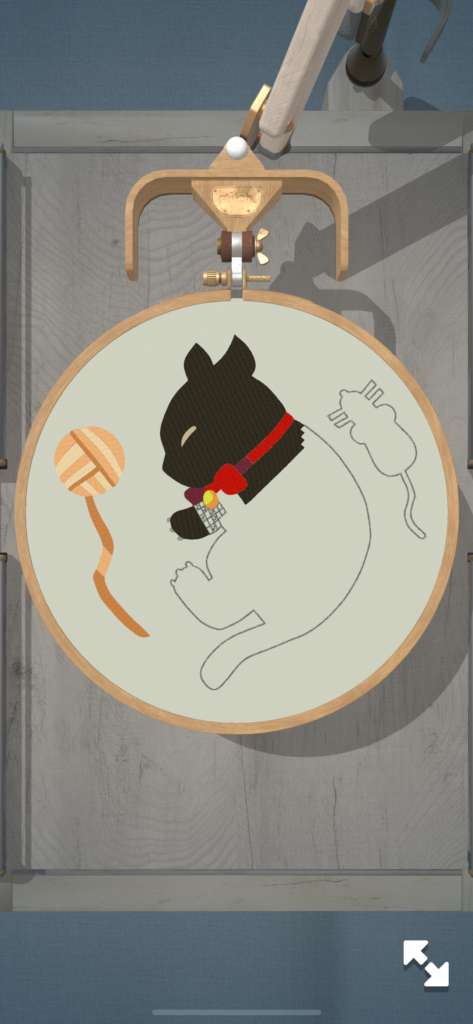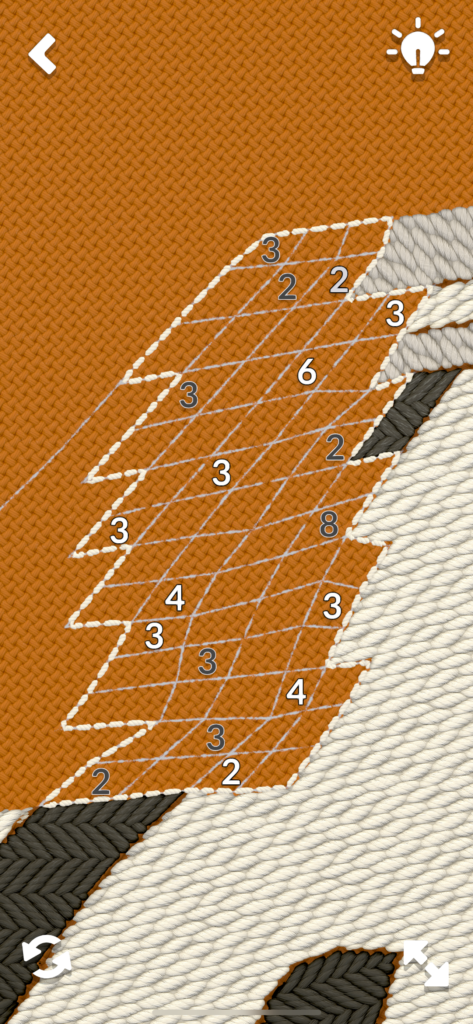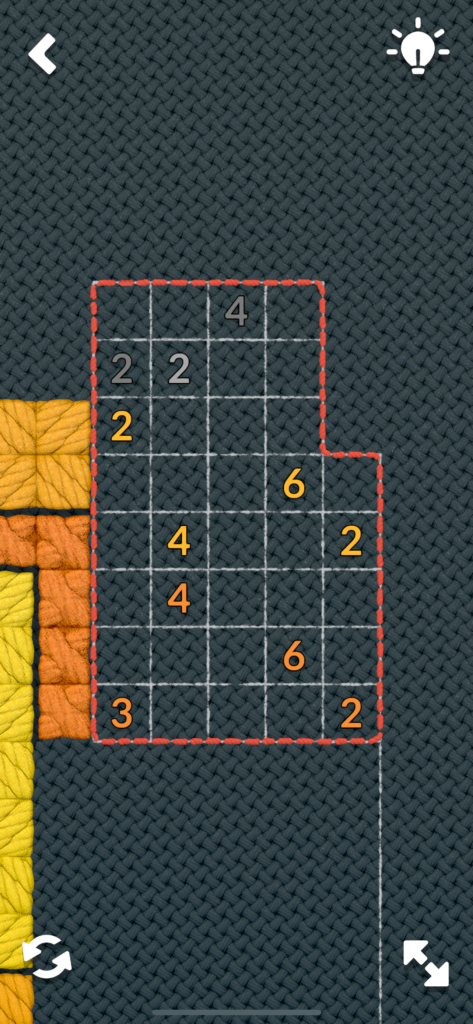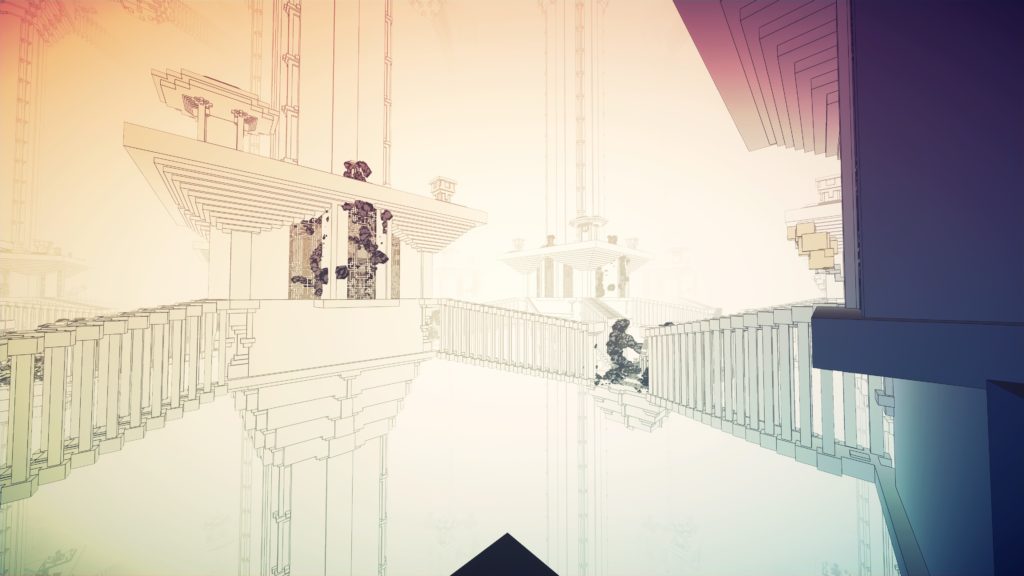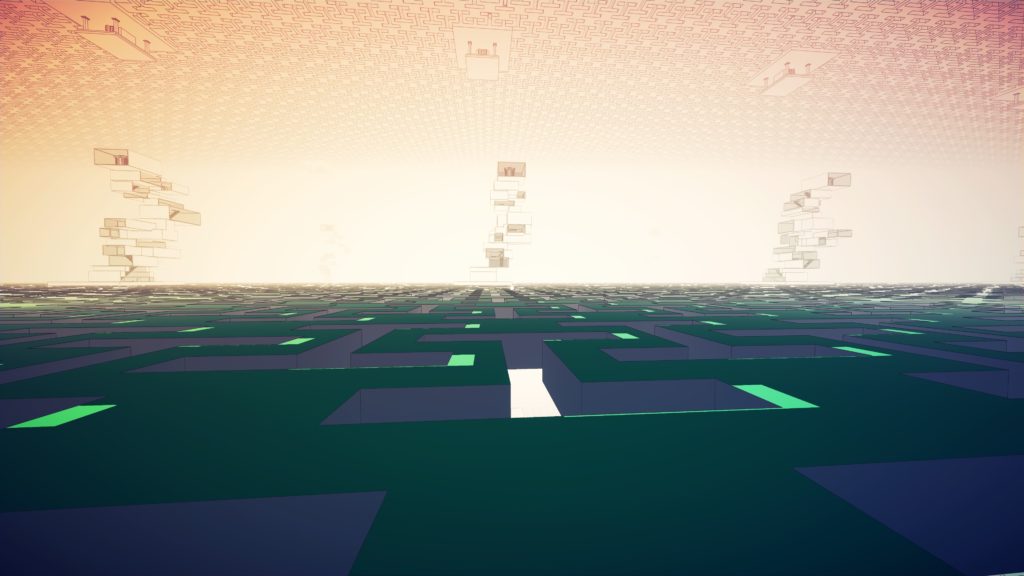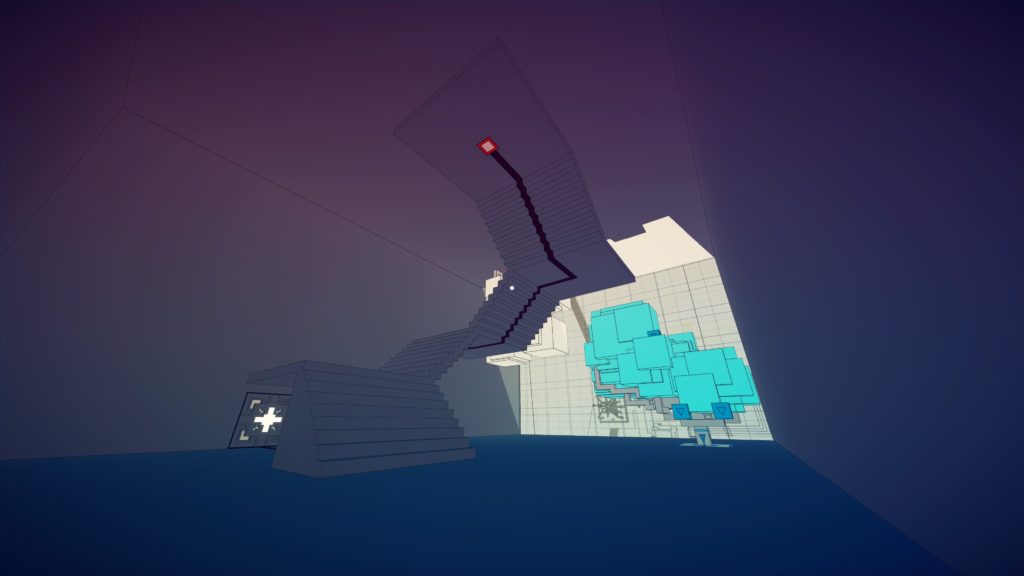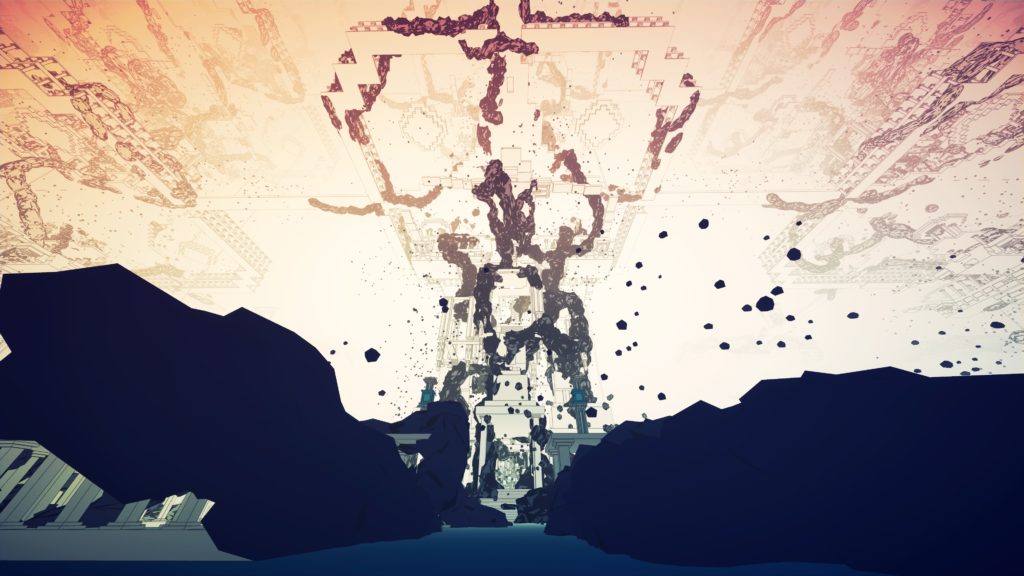- Genre: Puzzle
- Platform: Apple Arcade (iPhone)
- Also Available On: Switch
You know, I was working on a play through of A Plague Tale: Innocence and happened to install this. Boy did this derail my playthrough. This hit whatever part of my brain needs to play the Picross series and didn’t want to let go.
At a glance this is a variation on the Shikaku puzzle type where you make a grid of boxes where each box has exactly one number and the number of cells in each box matches that number. Just from that little description I think you can see where this picked at the Picross portion of my brain. It has the same pattern where I can jump in for 5 minutes and make some progress on a large puzzle or sit there for a couple hours marathoning through a bunch of it. However, I don’t think that would have been enough on its own. The fact that this is puzzles making actual pictures in color is a huge improvement over the normal formula that really worked out well for me.
Making pictures is hugely important because it adds a ton of variety to the actual puzzle solving portion of the game. This isn’t just finishing number boxes. You’re also paying attention to the shape and color of what’s going on around you within the bigger picture. Strange shaped curve that looks like it delineates an area? That’s a huge clue about what shape you should be putting together. Areas around that you already completed have stripes? Use that as a way to continue the current section you’re on. All of that’s building up to a puzzle game where the puzzle isn’t necessarily just completing the screen you’re on but how it connects to the things around you in a larger way.
The variety they get out of this is what makes this game just work. The game isn’t constrained to a fixed size and it isn’t constrained to simple boxes. As of right now the game has 280 puzzles (plus dailies and weeklies), but each of those individual puzzles is an amalgam of dozens of other little puzzles within them. Each of those puzzles is its own little unique thing that you haven’t seen before. Because they aren’t a box, they can have weird stepped patterns like you see above, or it could be shaped like a leaf, or it could be a figure 8. The puzzles are built and themed to the picture you’re creating, so it’s always something new to see.
In any case, back to regularly scheduled programming. Every now and then I get sidetracked by my phone and disappear for a bit. This was definitely one of those cases. This is a perfect on the go experience, so it makes sense that it came to Apple Arcade, but I can see the Switch version that just came out being equally as good. Just go play it.

